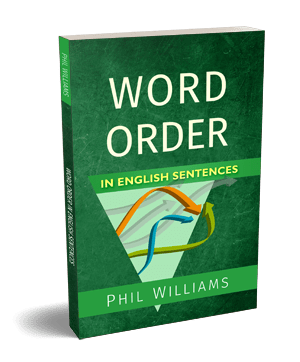 We can say a painting is on display in the museum or in a display at the museum. The difference is that on display describes the general action, that the painting is being displayed, while in a display says it is part of an event. This uses a fundamental difference between the prepositions on and in.
We can say a painting is on display in the museum or in a display at the museum. The difference is that on display describes the general action, that the painting is being displayed, while in a display says it is part of an event. This uses a fundamental difference between the prepositions on and in.
Defining a state with On
On can be used to express a state. When we follow a subject with on + noun, it tells us the state of the subject. There are a number of typical nouns that we can place on before to demonstrate states, such as display, trial, show, edge.
- He is on edge. (nervous)
- Her back was on show. (visible)
Often, the on + noun could be replaced with a state adjective for a similar meaning:
- He is edgy.
- Her back was showing.
The on + noun state usually emphasises that the state is temporary, however. So often it is more appropriate to replace it with a continuous tense:
- The painting is on display. would become The painting is being displayed.
Defining a location with In
In is used to tell us where the noun is – within a location. So while on + noun defines the state, in + noun defines the position.
- He is in the room. (within the boundary of the room)
When we use in, we refer to a specific object or location, so the following noun requires a determiner (while on + noun is a general state, and does not).
- She performed in a show.
Comparing on and in
The main confusion caused here is when the nouns used to form a state with on can also be used to define a location or event. The examples above, display, show, trial, can all be used to describe a place or event, as well as a state:
- The thief is on trial. (in a state of prosecution)
- The thief is in a trial. (in a physical court hearing)
- The car was on show. (being displayed)
- The car was in a show. (within an event)
There is overlap in the meanings, so the state is often very similar to the location, so choosing between them is not a big issue. However, the question to ask, when deciding between on + noun and in + noun, is if you want to describe a general state, or a specific location/occasion. Otherwise, just remember to use a determiner with in, and not with on!






